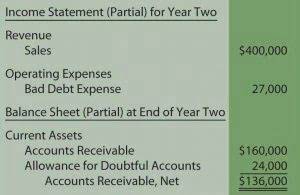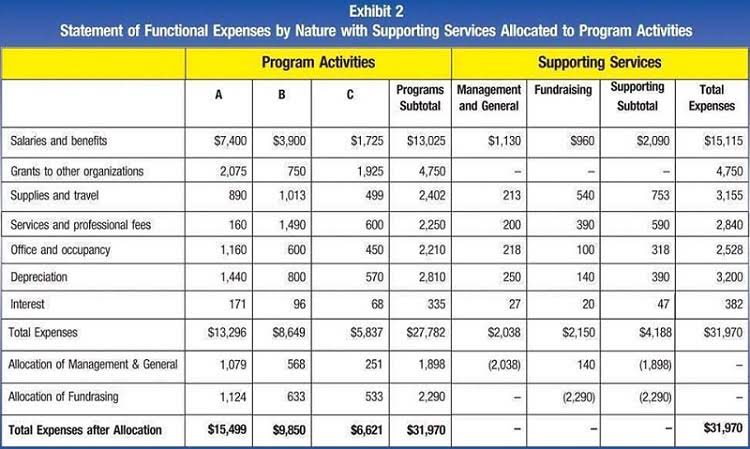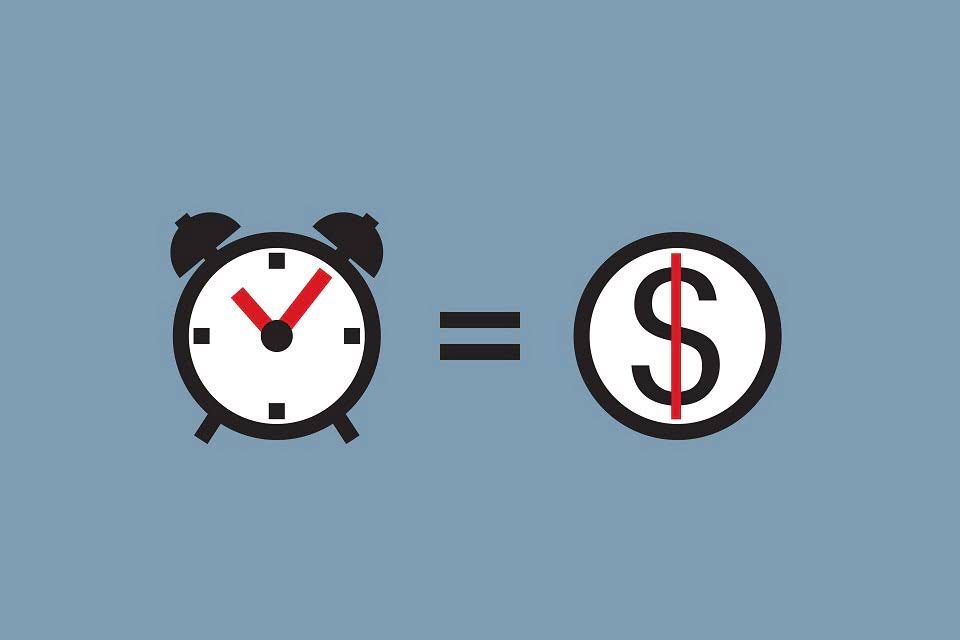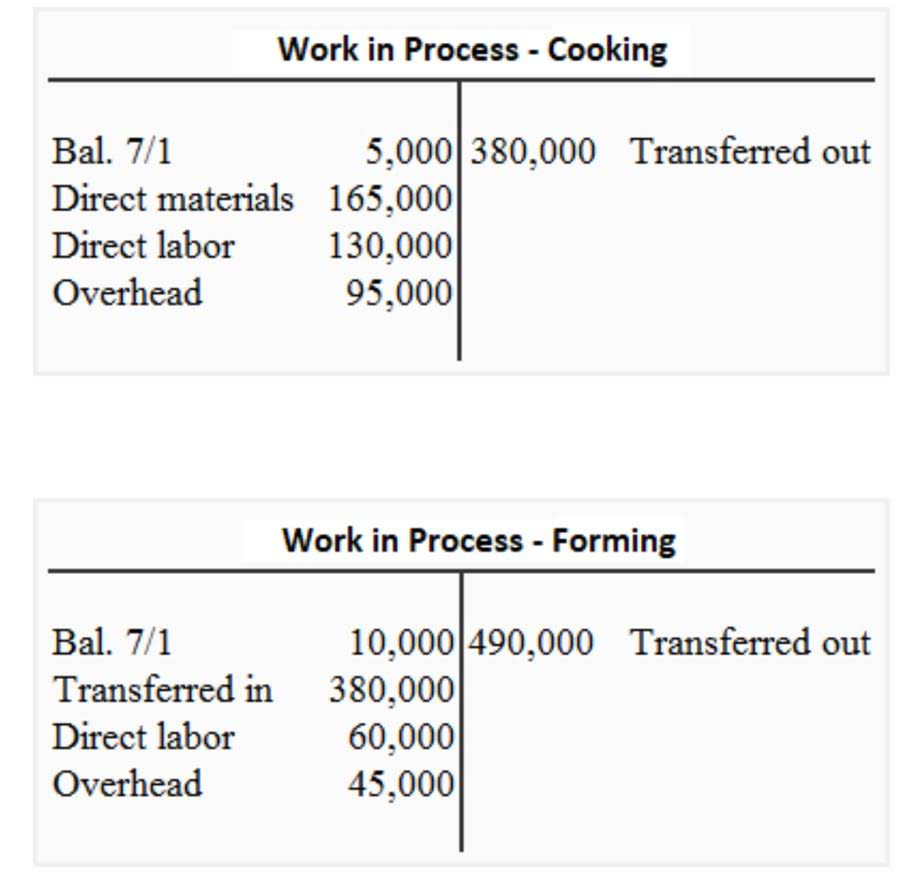
Let’s assume that Sterling sells all of the units at $80 per unit, for a total of $20,000. The profit (taxable income) is $6,900, regardless of when inventory items are considered to be sold during a particular month. In sum, using the LIFO method generally results in a higher cost of goods sold and smaller net profit on the balance sheet. When all of the units in goods available are sold, the total cost of goods sold is the same, using any inventory valuation method. When all inventory items are sold, the total cost of goods sold is the same, regardless of the valuation method you choose in a particular accounting period. But regardless of whether your inventory costs are changing or not, the IRS requires you to choose a method of accounting for inventory that’s consistent year over year.
Average Cost
However, it can mask erosion of inventory value during inflationary environments. Since older inventory costs are typically lower due to inflation, COGS under FIFO is lower. LIFO matches current costs against revenue, increasing COGS and reducing net income. This shows the cost flow matching sales with oldest inventory costs first using FIFO.
Is FIFO a Better Inventory Method Than LIFO?

In our bakery example, the average cost for inventory would be $1.125 per unit, calculated as (200 x $1) + (200 x $1.25)/400. The FIFO (First In, First Out) method is an important inventory accounting technique for achieving accurate financial reporting. By matching the oldest costs of goods sold against revenues, FIFO presents a fair and consistent picture of ending inventory balances and cost of goods sold on financial statements. The FIFO (First In, First Out) method is a common inventory accounting technique for assigning costs to goods sold and goods still available for sale.
Advantages of FIFO Over LIFO and Other Methods
- The FIFO (First In, First Out) method is an inventory costing method used in accounting to value the cost of goods sold and ending inventory.
- Here are answers to the most common questions about the FIFO inventory method.
- Under the FIFO Method, inventory acquired by the earliest purchase made by the business is assumed to be issued first to its customers.
- So, which inventory figure a company starts with when valuing its inventory really does matter.
- Inventory is often the most significant asset balance on the balance sheet.
You must use the same method for reporting your inventory across all of your financial statements and your tax return. If you want to change your inventory accounting practices, you must fill out and submit IRS Form 3115. The FIFO method avoids obsolescence by selling the oldest inventory items first and maintaining the newest items in inventory. The actual inventory valuation method used doesn’t have to follow the actual flow of inventory through a company but it must be able to support why it selected the inventory valuation method. The FIFO method is the first in, first out way of dealing with and assigning value to inventory.

What are some of the negative traits of the FIFO method of costing?
The ending inventory at the end of the fourth day is $92 based on the FIFO method. On 2 January, Bill launched his web store and sold 4 toasters on the very first day. Learn more about what types of businesses use FIFO, real-life examples of FIFO, and the relevance of FIFO with frequently asked questions about the FIFO method.
Disadvantages of FIFO Method of Costing

The FIFO (First-In, First-Out) method is an inventory costing approach used in accounting to assign costs to goods sold What is bookkeeping and ending inventory. Using specific inventory tracing, a business will note and record the value of every item in their inventory. Inventory value is then calculated by adding together the unique prices of every inventory unit. If suppliers or manufacturers suddenly raise the price of raw materials or goods, a business may find significant discrepancies between their recorded vs. actual costs and profits.

FIFO — first-in, first-out method — considers that the first product the company sells is the first inventory produced or bought. Then, the remaining inventory value will include only the products that the company produced later. In addition to being allowable by both IFRS and GAAP users, the FIFO inventory method may require greater consideration when selecting an inventory method. Companies fifo formula accounting that undergo long periods of inactivity or accumulation of inventory will find themselves needing to pull historical records to determine the cost of goods sold. GAAP (Generally Accepted Accounting Principles) and IFRS (International Financial Reporting Standards). It is one of the two main inventory valuation methods, along with LIFO (Last In, First Out).
- Knowing how to manage inventory is a critical tool for companies, small or large; as well as a major success factor for any business that holds inventory.
- If you have items that do not have a lot date and some that do, we will ship those with a lot date first.
- When Susan first opened her pet supply store, she quickly discovered her vegan pumpkin dog treats were a huge hit and brought in favorable revenue.
- The cost of goods sold for 40 of the items is $10 and the entire first order of 100 units has been fully sold.
- The alternate method of LIFO allows companies to list their most recent costs first in jurisdictions that allow it.
- The wholesaler provides a same-day delivery service and charges a flat delivery fee of $10 irrespective of the order size.
To calculate her COGS for the trade show, Bertie will count 100 bars at $2.00 and 200 at $1.50. Under FIFO, your Cost of Goods Sold (COGS) will be calculated using the unit cost of the oldest inventory first. The value of your ending inventory will then be based on the most recent inventory you purchased. As can be seen from above, the inventory cost under FIFO method relates to the cost of the latest purchases, i.e. $70. To calculate the value of ending inventory using the FIFO periodic system, we first need to figure out how many inventory units are unsold at the end of the period.
- In addition, many companies will state that they use the “lower of cost or market” when valuing inventory.
- It’s recommended that you use one of these accounting software options to manage your inventory and make sure you’re correctly accounting for the cost of your inventory when it is sold.
- Using the FIFO method, the cost of goods sold (COGS) of the oldest inventory is used to determine the value of ending inventory, despite any recent changes in costs.
- FIFO is straightforward and intuitive, making it popular as an accounting method and useful for investors and business owners trying to assess a company’s profits.
- With real-time, location-specific inventory visibility, intelligent cycle counts, and built-in checks and balances, your team can improve inventory accuracy without sacrificing operational efficiency.
- Using FIFO does not necessarily mean that all the oldest inventory has been sold first—rather, it’s used as an assumption for calculation purposes.
How confident are you in your long term financial plan?
- FIFO inventory accounting leads to financial reporting that reflects the true liquidation value of inventory assets.
- Charlene Rhinehart is a CPA , CFE, chair of an Illinois CPA Society committee, and has a degree in accounting and finance from DePaul University.
- There are balance sheet implications between these two valuation methods.
- This method dictates that the last item purchased or acquired is the first item out.
- But it does require strong organizational processes and documentation to track inventory in-flows and out-flows accurately.
On 1 January, Bill placed his first order to purchase 10 toasters from a wholesaler at the cost of $5 each. Statements are more transparent and it’s more difficult to manipulate FIFO-based accounts to embellish the company’s financials. FIFO is required under the International Financial Reporting Standards and it’s also standard in many other jurisdictions. To think about how FIFO works, let’s look at an example of how it would be calculated in a clothing store. The remaining unsold 675 sunglasses will be accounted for in “inventory”. Going by the FIFO method, Sal needs to go by the older costs (of acquiring his inventory) first.
